By Chris Faubel, MD —
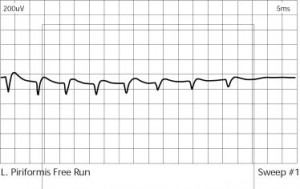
EMG disease is a rare condition in which increased insertional activity (positive sharp waves and sometimes fibrillations) is seen in all muscles, in the absence of any known neuropathic, myopathic, or metabolic disorder.
- Normal nerve conduction study
- Short runs of positive sharp waves
- NO waxing and waning, early recruitment, sustained grip, or contractions with thenar muscle tapping (classic signs of myotonia)
Insertional activity is caused by local muscle damage from the passage of the needle.
Positive sharp waves (PSWs) and fibrillations are the result of single muscle fiber action potentials that have a destabilized membrane (such as after denervation of a muscle).
Because of the diffuse distribution of these findings, an abnormality of the skeletal muscle membrane stability is presumed.
The CLCN1 gene codes for the major chloride channel involved in stabilizing the resting membrane.
- Mutations in the CLCN1 gene, leading to poor chloride conductance, is associated with myotonia congenita (a nondystrophic myotonia with a highly variable phenotype).
- SideNote: myotonic dystrophy types 1 & 2 are caused by mutations in other genes important to muscle membrane stability.
Asymptomatic myotonia congenita? [3]
- It has also been theorized that these patients actually have a subclinical myotonic disorder.
- Mitchell and Bertorini found this same presentation in two individuals who were found to have mutations of the CLCN1 gene associated with myotonia congenita, but no clinical signs of myotonia.
- They proposed that asymptomatic patients with CLCN1 mutations may at least partially account for the EMG disease phenotype.
It has also been suggested that EMG disease is inherited with an autosomal dominant pattern. [1,2,4]
Female predominance was seen in another small study. [4]
Important: This makes diagnosing radiculopathy impossible because ALL the muscles show signs of denervation (PSWs).
————————————————————————-
REFERENCES:

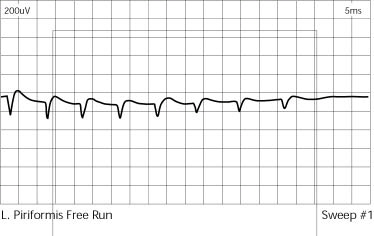
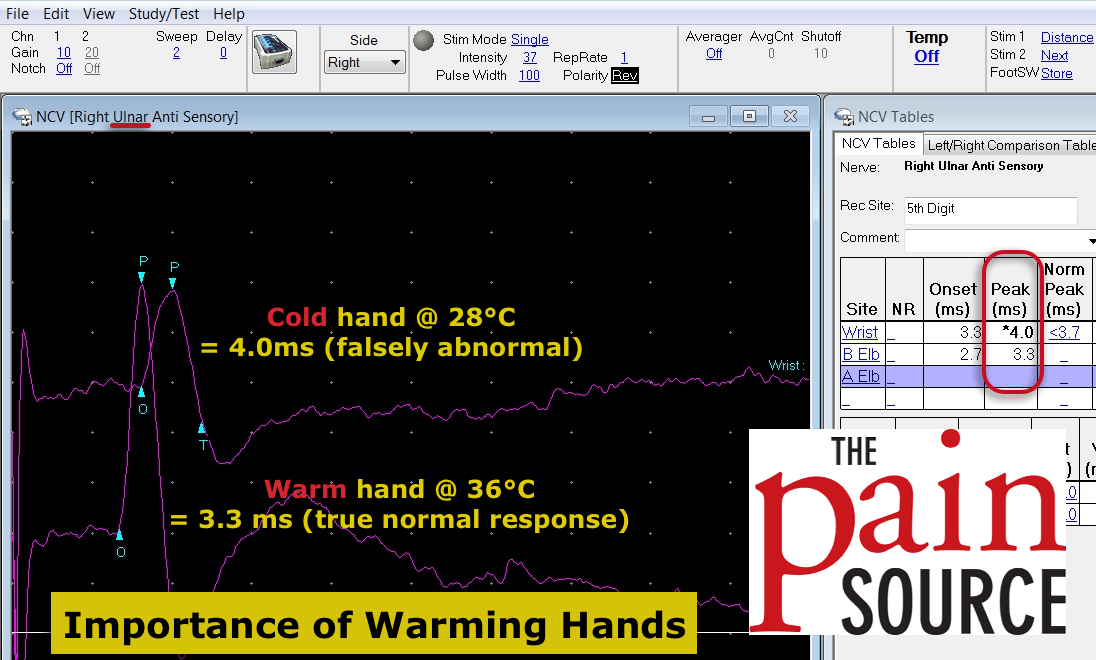
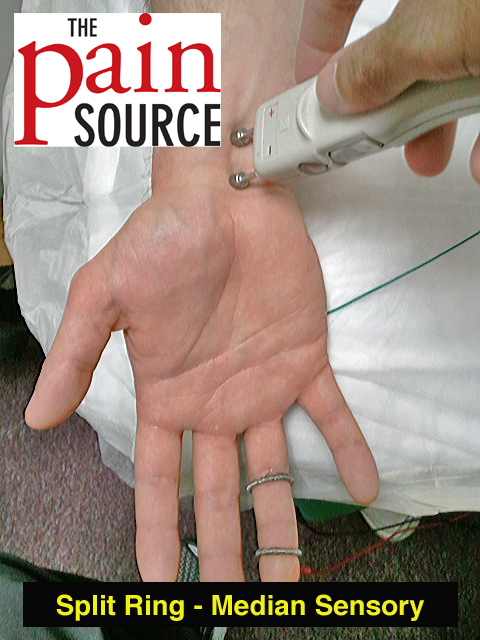
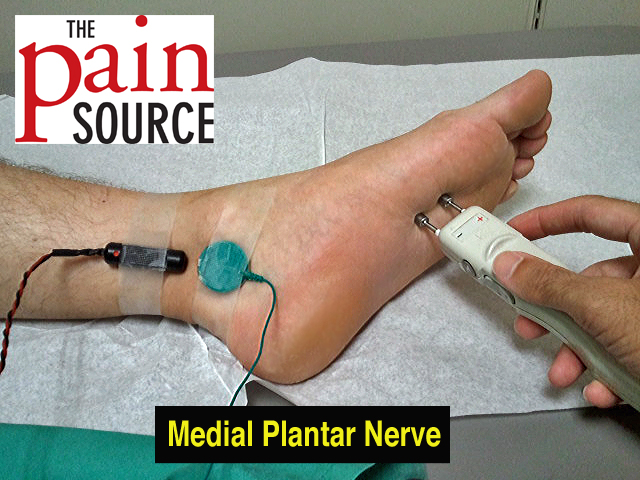












Good post. How then do you diagnose a radiculopathy?
In a patient with EMG disease or this possible subclinical myotonia congenita, you can’t diagnose radiculopathy via electrodiagnostics. MAYBE it will show a proximal lesion with an H-reflex or F-wave.
Most radiculopathies are preganglionic, the dorsal root ganglion is intact, and therefore the sensory nerve do not die back (Wallerian degeneration). Because of this sensory nerve conduction studies will be normal too.